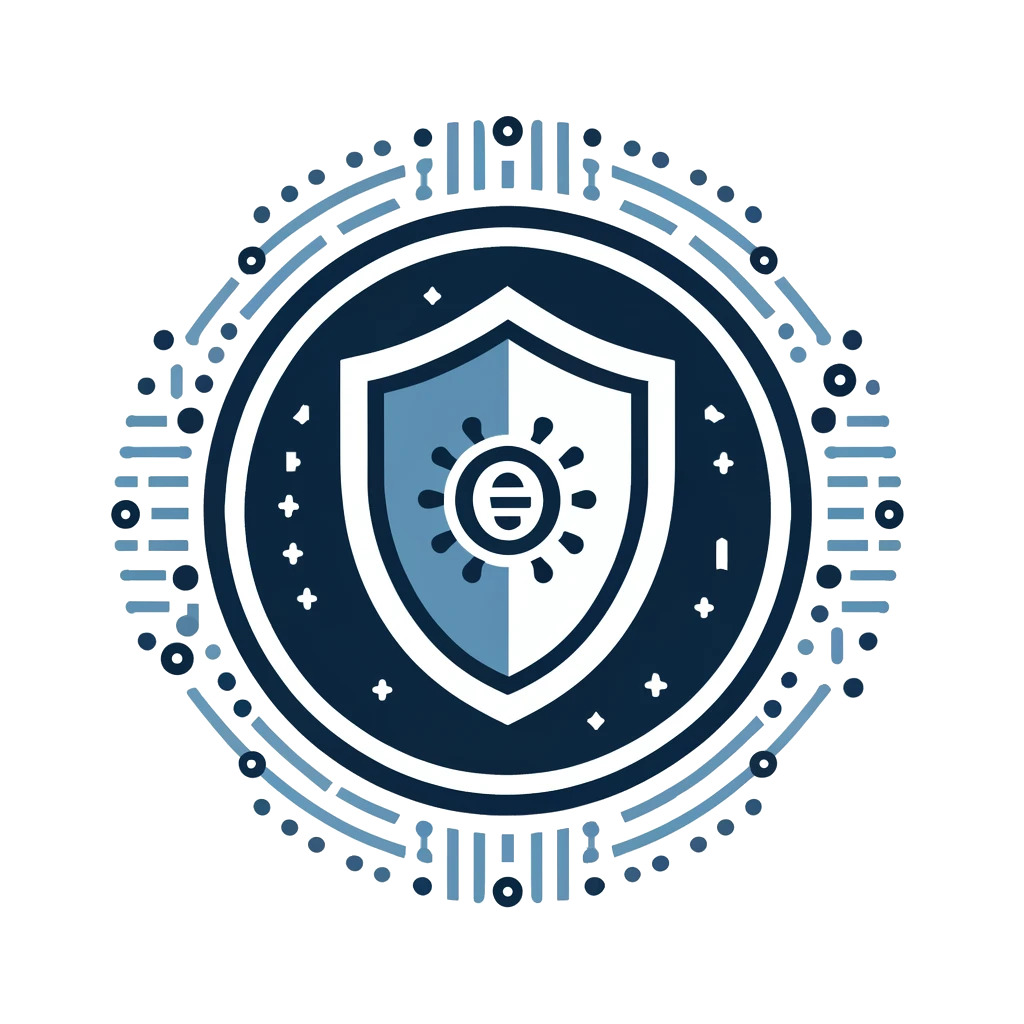Construction Industry Institute Cybersecurity Guidelines
Construction Industry Institute (CII) Cybersecurity Guidelines
The Construction Industry Institute (CII) Cybersecurity Guidelines are a set of best practices, recommendations, and standards developed by the Construction Industry Institute (CII) to address cybersecurity challenges and risks in the construction industry.
Overview
The CII Cybersecurity Guidelines provide guidance and resources for construction companies, contractors, project owners, and stakeholders to enhance cybersecurity resilience, protect critical assets, and mitigate cyber threats across the project lifecycle. The guidelines cover various aspects of cybersecurity, including risk management, governance, compliance, incident response, and supply chain security.
Key Components
Key components of the CII Cybersecurity Guidelines include:
- Risk Management: Identifying, assessing, and managing cybersecurity risks associated with construction projects, infrastructure, systems, and data assets.
- Governance: Establishing cybersecurity governance structures, policies, procedures, and controls to ensure accountability, oversight, and decision-making at all levels of the organization.
- Compliance: Ensuring compliance with relevant laws, regulations, industry standards, and contractual requirements related to cybersecurity, privacy, and data protection.
- Incident Response: Developing and implementing incident response plans, procedures, and protocols to detect, respond to, and recover from cyber incidents, breaches, or disruptions.
- Supply Chain Security: Assessing and managing cybersecurity risks within the construction supply chain, including subcontractors, vendors, suppliers, and partners.
- Training and Awareness: Providing cybersecurity training, awareness programs, and resources for employees, contractors, and stakeholders to enhance security awareness and vigilance.
Adoption
The CII Cybersecurity Guidelines are widely adopted and implemented by construction industry organizations, including:
- Construction Companies: General contractors, specialty contractors, engineering firms, and construction management companies involved in building projects, infrastructure development, and facility construction.
- Project Owners: Public agencies, private developers, real estate companies, and asset owners responsible for planning, funding, and managing construction projects.
- Industry Associations: Trade associations, professional organizations, and industry consortia supporting the construction sector and promoting cybersecurity best practices.
- Government Agencies: Regulatory bodies, standards organizations, and government agencies involved in construction regulation, oversight, and policy development.
Benefits
The adoption of CII Cybersecurity Guidelines offers several benefits for construction industry stakeholders, including:
- Risk Reduction: Minimizing the risk of cyber threats, attacks, data breaches, and disruptions that could impact project delivery, safety, and operational continuity.
- Compliance Assurance: Ensuring compliance with regulatory requirements, contractual obligations, industry standards, and customer expectations related to cybersecurity and data protection.
- Resilience Improvement: Enhancing cybersecurity resilience, incident response capabilities, and business continuity planning to mitigate the impact of cyber incidents and disruptions.
- Trust and Reputation: Building trust, confidence, and credibility with clients, partners, investors, and stakeholders by demonstrating a commitment to cybersecurity excellence and risk management.
- Cost Savings: Avoiding financial losses, legal liabilities, reputational damage, and project delays associated with cyber incidents, breaches, or regulatory non-compliance.
Challenges
Despite the benefits, the implementation of CII Cybersecurity Guidelines may face various challenges, including:
- Resource Constraints: Limited budgets, expertise, and awareness among construction industry organizations, especially small and medium-sized enterprises (SMEs), to invest in cybersecurity measures and capabilities.
- Complexity: Dealing with the complexity of construction projects, supply chains, and stakeholder ecosystems, which involve multiple parties, interfaces, technologies, and regulatory requirements.
- Legacy Systems: Managing cybersecurity risks associated with legacy systems, outdated technologies, and interoperability issues prevalent in the construction industry, such as building management systems (BMS) and industrial control systems (ICS).
- Third-Party Risks: Addressing cybersecurity risks posed by third-party vendors, subcontractors, suppliers, and service providers involved in construction projects, including potential supply chain attacks and dependencies.
- Regulatory Fragmentation: Navigating fragmented and evolving regulatory landscapes, jurisdictional differences, and international standards related to cybersecurity, privacy, and data protection.
